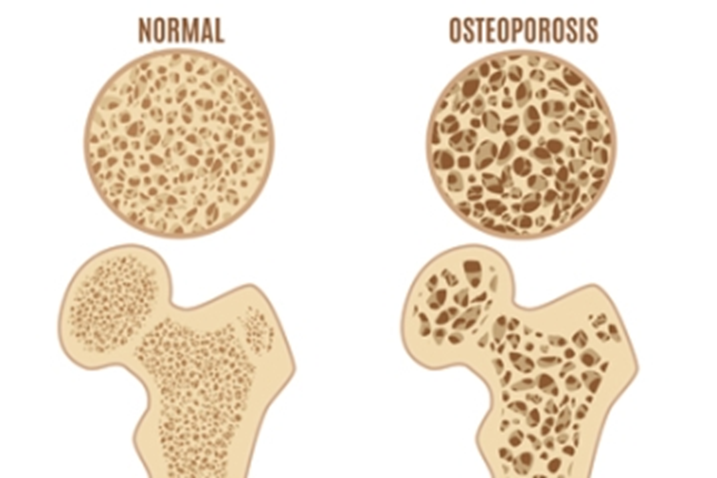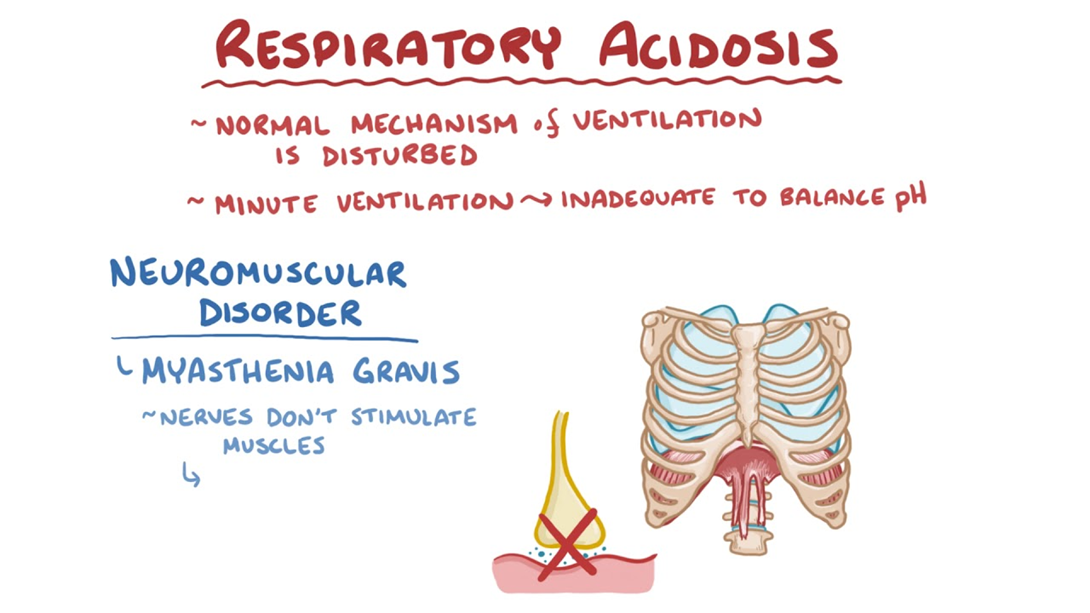A nurse is collecting data from a female client during an annual wellness visit. Which client activity is a risk factor for osteoporosis?
Consumes canned sardines twice a week
Uses beclomethasone inhaler
Applies an estrogen vaginal cream daily
Walks 30 minutes per day
The Correct Answer is B
Choice a is not correct because consuming canned sardines twice a week is not a risk factor for osteoporosis, but rather a protective factor. Canned sardines are rich in calcium and vitamin D, which are essential for bone health.

Choice c is not correct because applying an estrogen vaginal cream daily is not a risk factor for osteoporosis, but rather a treatment option. Estrogen therapy can help prevent bone loss and reduce the risk of fractures in postmenopausal women.
Choice d is not correct because walking 30 minutes per day is not a risk factor for osteoporosis, but rather a beneficial exercise. Weight-bearing physical activity can stimulate bone formation and improve bone strength.
Nursing Test Bank
Naxlex Comprehensive Predictor Exams
Related Questions
Correct Answer is D
Explanation
Choice A reason: PaO2 85 mmHg is within the normal range of 80 to 100 mmHg and does not indicate any hypoxemia or oxygen deficiency.
Choice B reason: pH 7.47 is within the normal range of 7.35 to 7.45 and does not indicate any acid-base imbalance.
Choice C reason: HCO3 25 mEq/L is within the normal range of 22 to 26 mEq/L and does not indicate any metabolic disturbance.
Choice D reason: PaCO2 55 mmHg is above the normal range of 35 to 45 mmHg and indicates respiratory acidosis, which is a condition where the lungs cannot eliminate enough carbon dioxide and the blood becomes too acidic. This can be caused by pneumonia, which can impair gas exchange and ventilation.

Correct Answer is A
Explanation
Choice A reason: Using analgesia around the clock is an appropriate action. The nurse should follow the principle of prevention rather than rescue when managing pain for a client who has terminal cancer. The nurse should administer analgesics on a regular schedule to maintain a steady level of pain relief and prevent breakthrough pain.
Choice B reason: Applying pain patches each morning and removing them at bedtime is not an appropriate action. The nurse should follow the manufacturer's instructions for applying and removing pain patches. Some patches are designed to be worn for 24 hours, while others are worn for 72 hours. Removing the patches too soon can cause inadequate pain control and withdrawal symptoms.
Choice C reason: Using intramuscular medications to control pain is not an appropriate action. The nurse should avoid using intramuscular route for administering analgesics to a client who has terminal cancer. Intramuscular injections are painful, unreliable, and increase the risk of infection and bleeding. The nurse should use oral, transdermal, or subcutaneous routes whenever possible.
Choice D reason: Decreasing a medication dose if the client develops tolerance is not an appropriate action. The nurse should understand that tolerance is a normal physiological response to long-term opioid use and does not indicate addiction or abuse. The nurse should adjust the medication dose according to the client's level of pain and response to treatment.
Whether you are a student looking to ace your exams or a practicing nurse seeking to enhance your expertise , our nursing education contents will empower you with the confidence and competence to make a difference in the lives of patients and become a respected leader in the healthcare field.
Visit Naxlex, invest in your future and unlock endless possibilities with our unparalleled nursing education contents today
Report Wrong Answer on the Current Question
Do you disagree with the answer? If yes, what is your expected answer? Explain.
Kindly be descriptive with the issue you are facing.
